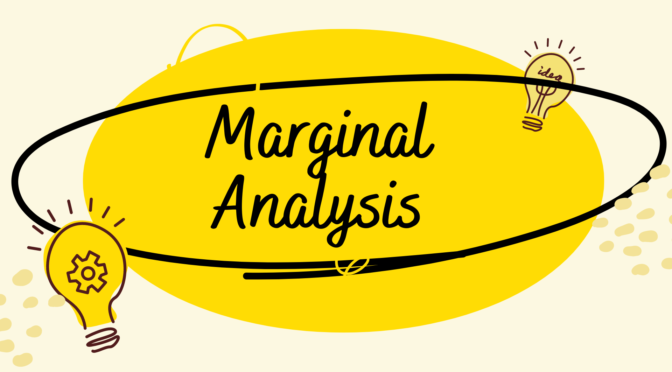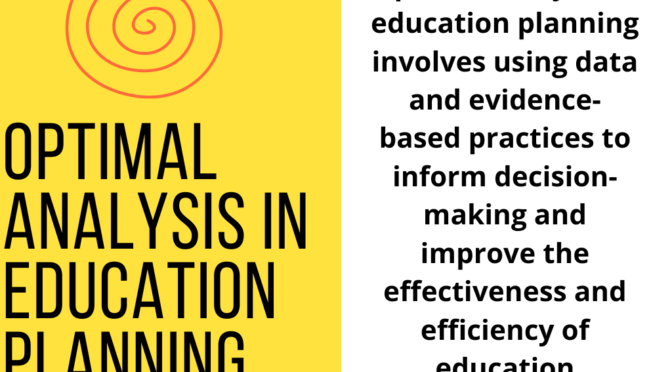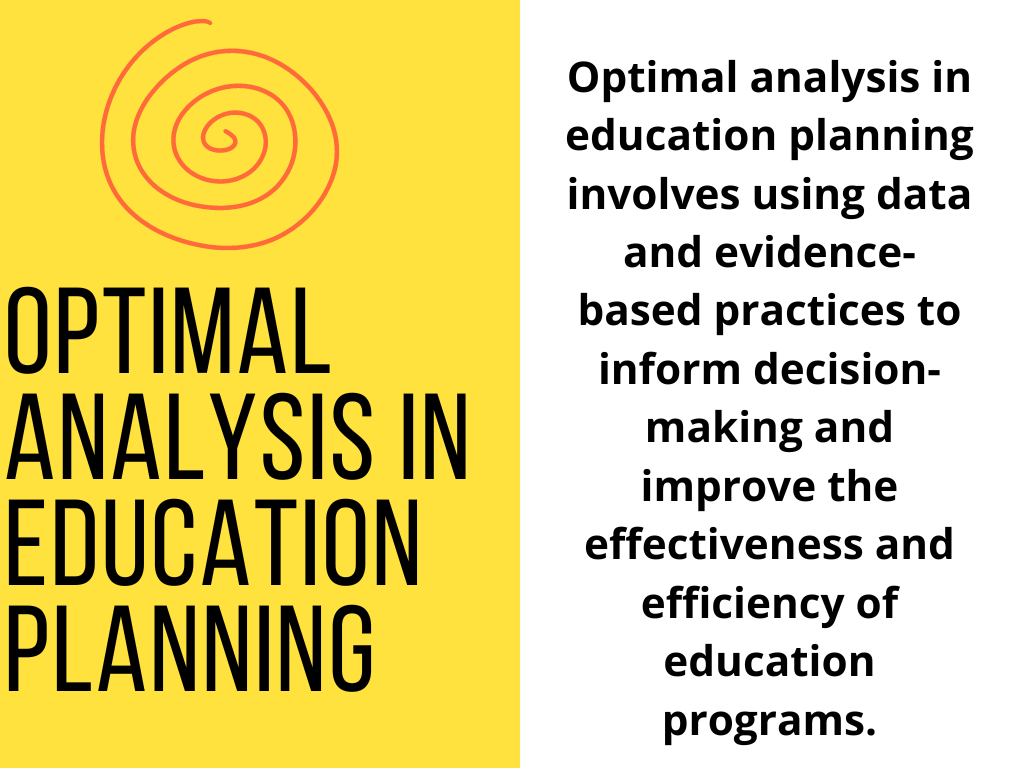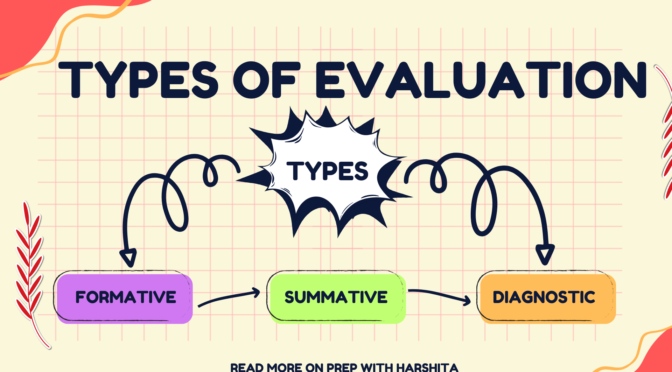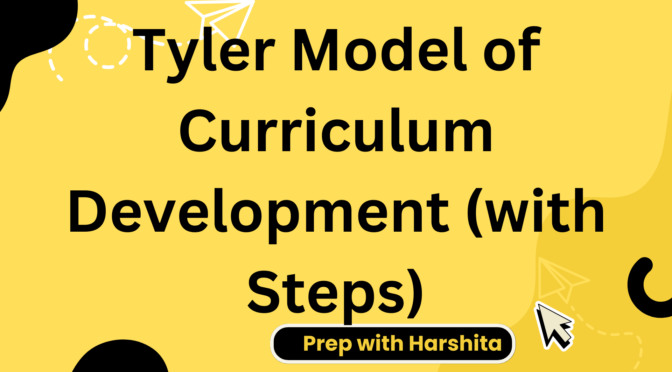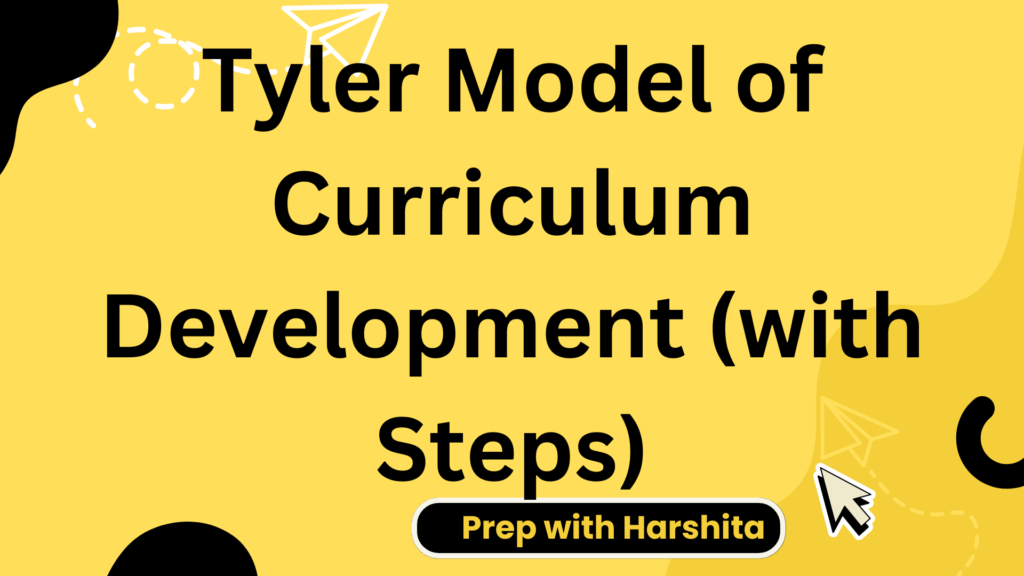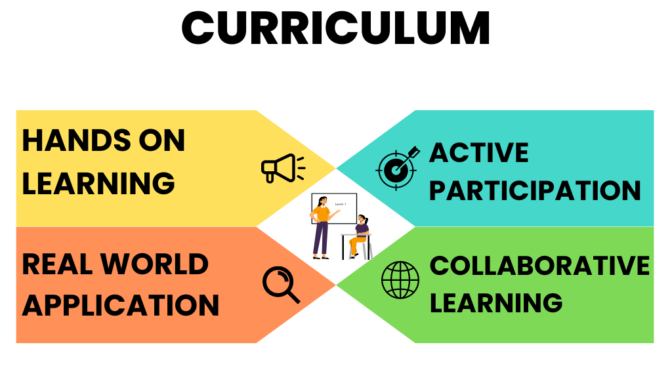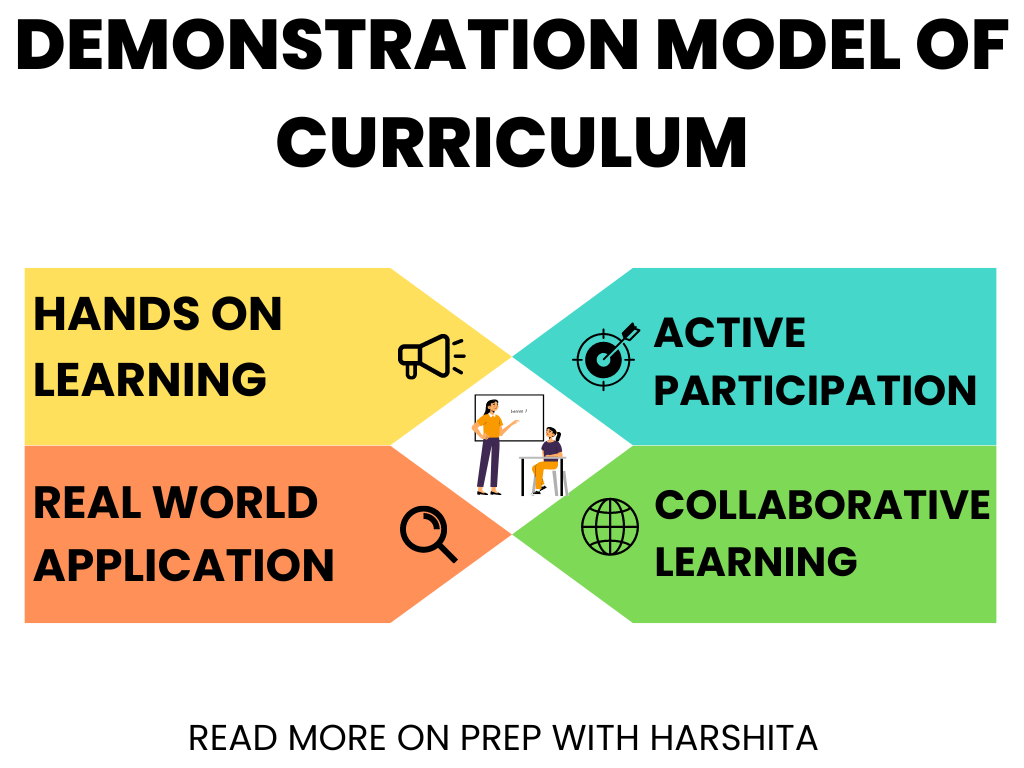Marginal analysis is a useful tool in education planning as it can help decision-makers assess the impact of their choices on the education system. Marginal analysis in educational planning involves comparing the benefits and costs of an additional unit of a particular input, such as an additional teacher or an extra hour of instruction time.
For example, education planners may use marginal analysis to determine the optimal class size for a particular grade level. They would compare the additional cost of hiring an additional teacher with the benefits of having a smaller class size, such as improved student outcomes and teacher job satisfaction.
Marginal analysis can also be used to determine the optimal level of investment in various educational programs or initiatives. By comparing the costs and benefits of each program or initiative, decision-makers can determine which programs are most effective and allocate resources accordingly.
Marginal analysis is a useful tool in education planning, as it helps decision-makers make informed choices by comparing the benefits and costs of incremental changes.
Some of the key features of marginal analysis in education planning include:
- Focus on incremental changes: Marginal analysis in education planning focuses on evaluating the costs and benefits of small, incremental changes rather than broad, sweeping changes.
- Comparison of benefits and costs: Marginal analysis involves comparing the benefits and costs of each incremental change, including the potential impact on student outcomes, teacher satisfaction, and overall cost.
- Emphasis on decision-making: Marginal analysis is used to inform decision-making in education planning, helping decision-makers to identify the most effective investments in education.
- Consideration of opportunity cost: Marginal analysis takes into account the opportunity cost of each investment, meaning the cost of not investing in other potential programs or initiatives.
- Data-driven approach: Marginal analysis requires data to make informed decisions, so education planners must collect and analyze data on student outcomes, teacher satisfaction, and program costs.
By using marginal analysis, education planners can make evidence-based decisions that maximize the impact of their investments in education.
Also Read : Yashpal Committee
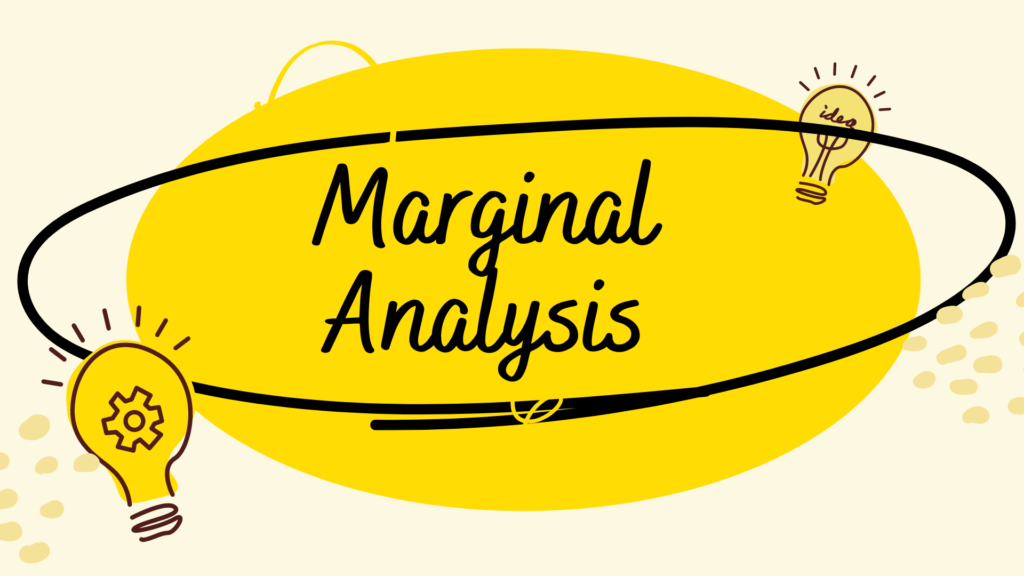
Also Visit : Prep with Harshita

